Professor, Teikyo University /
Executive Director, The Mori Memorial Foundation
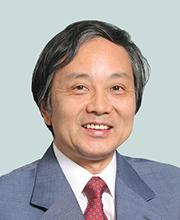
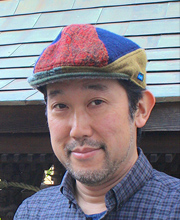
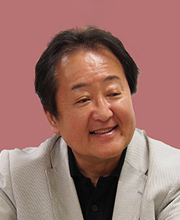
While some cities project a particular image, such as Paris with “Gay Paree” or “the musicals of New York,” Tokyo is missing such a striking impression. Today I would like us to discuss how we should go about building such an identity for Tokyo. We will explore Tokyo’s past through to the present, seeking to depict a future vision of Tokyo as an extension of the city’s history.
In Kyoto, prominent cultural relics still exist, with many shrines, temples, and other places of interest, and finding your way around these historical sites is quite easy thanks to the many tourist information boards across the city. In Tokyo however, it’s not so easy to locate Edo-era or pre-Edo historic sites. That said, if you look hard enough, you can find quite a few traces of Tokyo’s history, falling into three types of historical remains. First, the large structures that you would see on a daily basis, but tend to overlook. As an example, the stone wall at one of the gates to Edo Castle close to Iidabashi Station. Second, objects that at first glance leave you with no idea as to what they are. For instance, just looking at the cylindrical-shaped stone in Iwamotocho across from Akihabara provides you with no clue as to why it might be there, but further investigation reveals it to be a remnant of times when supplies used to be transported up and down the Kanda River and boat mooring ropes would be tied around the stone. And third, the vestiges of history that are left in the shape of the town itself. A street nearby Imagawabashi intersection between Nihonbashi and Kanda is where a man-made river called Ryukangawa once flowed. It was dug out to serve as a fire break and also used to ferry supplies by boat, but was filled in after the war once distribution had shifted to land-based transportation. There are countless traces of history from the Edo period just like this in Tokyo. Walking around the city and seeing these historical landmarks gives you an understanding of how closely connected they are to present-day Tokyo and by extension, Japan at large.
There are surprisingly few capital cities from whose history we can gain an understanding of the history of the country itself, so in this regard Tokyo is truly unique. In my opinion, the fact that Tokyo has been the center of politics, economy, and culture for the last 400 years is a key characteristic of the city. Following the Meiji Restoration, industrialization and modernization was spurred on by cultural enlightenment and the promotion of new industries and Japan’s modernization progressed at a remarkable pace. When walking the streets of the city I came to realize that the source of this power was derived from Edo/Tokyo. It is worth specially mentioning that daimyo (feudal lord) mansions were dotted here and there across a very large area. For a city to have such an enormous fortress like Edo Castle in the middle was unprecedented on a global scale and the structure of having giant plots of land scattered around the castle was also rare. In most cases, government offices, schools, or other buildings like modern factories are built in new sections of a city instead of the old part of town, but that costs a great deal of time and money. In Tokyo, this problem was solved immediately because of the many daimyo mansions. Tokyo is leveraging the infrastructure of the Edo period as it was then to solve land issues and establish railways.
While towns tend to spread mainly along rivers in the West, the development of Tokyo is unprecedented given the drastic differences in terrain to the east and west. In addition to geographical differences, each district of Tokyo, such as Shinjuku and Ginza, have notable characteristics. There are a multitude of enjoyable things to do depending on where you are and the city is brimming with variety; simply crossing a river will bring a change in scenery and streetscape. I think that is what characterizes Tokyo.
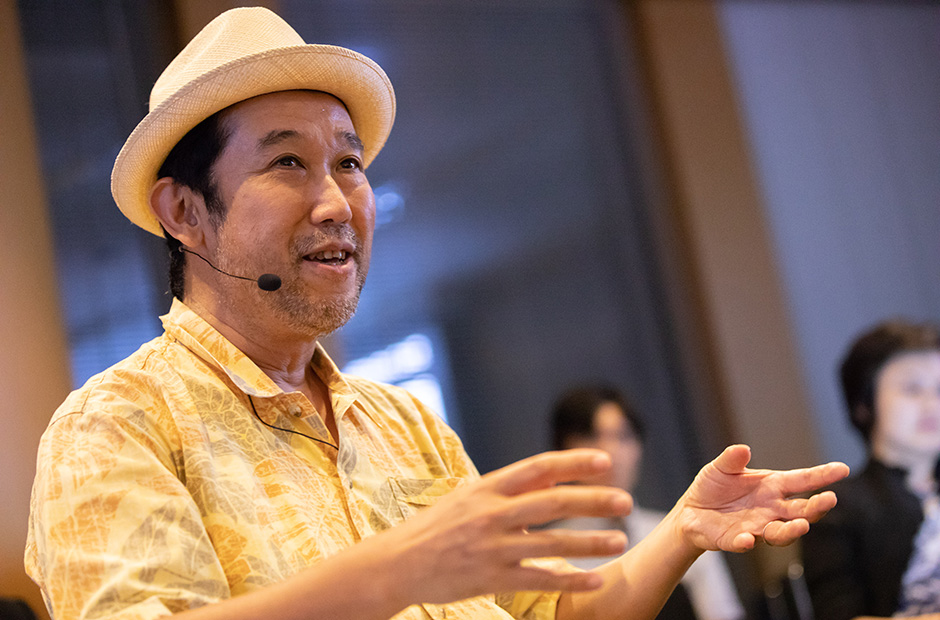
If we are to tackle the question of a city’s identity, I think we must first consider what is meant by identity. I have taken the following three definitions from the dictionary.
1. Being the same. A is A. Tokyo is Tokyo.
2. Occurring in the individual and also related to the issue of scale, such as community or state.
3. Something established over time that has continuity and permanency and is ongoing.
So, in tackling the question of identity, I think we must look at identity as the individuality and originality acquired historically over a long period of time, rather than the a priori characteristics originally associated with the city. An identity, once acquired, becomes something irreplaceable for the city, so if it is lost, it would lead to the loss of something much deeper. A city’s identity is shaped and established over the course of history, and architecture and urban planning are what make it materialize in relatively clear sight.
The fact that this city has two names in Edo and Tokyo is key, and I think there are three ways of looking at it. The first is “from Edo to Tokyo,” secondly “Edo versus Tokyo,” and thirdly “Edo as part of Tokyo, or in other words, Edo within Tokyo.” Edo changed dramatically after the founding of the shogunate in 1603 owing to the city suddenly becoming Japan’s center of activity. Five roads were built all starting from Nihonbashi; Hibiya Inlet was filled in as reclaimed land and Edo continued to rapidly transform into a huge urbanized city through 1657. Following the Great Fire of Meireki in 1657, Edo grew even larger. By the end of the Edo period the city no longer had any clearly defined borders; it was now akin to a metropolitan area. This is when the urban culture of Edo matured and its amusement quarters thrived, spawning the name “Edokko,” or “Tokyoite” in today’s language, for someone born and bred in the city.
We can broadly divide Tokyo during the Meiji period into three stages: (1) Tokyo as the imperial capital and seat of the emperor; (2) Tokyo as the capital city of a modern state; and (3) Tokyo’s urban enrichment. Early studies designating Tokyo as a festive place as the imperial capital focus squarely on the dazzling nature of modernization. In other words, the argument that modernization is a shining light. At the same time, modernization distorted many aspects of life in Tokyo and caused problems like pollution. Various interpretations are possible, including studies that look at how modernization placed a strain on the city, the argument that festivals are, in a way, entertainment for cities and their masses, or studies of the day-to-day lives of the city’s common folk.
Tokyo’s modern urbanization began in the 1960s. In the field of architecture, urban design was in vogue and private office buildings came to occupy prime positions throughout the city. In pondering Tokyo’s future based on such urban history, the city will probably transform into islands and the different districts like Nihonbashi and Ginza will form an archipelago. On the basic assumption that the city has multiple identities, the question now being asked of Tokyo is how they should be sewn together into one bigger concept. As Tokyo’s identity is predominately shaped by images rather than specific examples of architecture, I think a conspicuous gap exists between people’s image of Tokyo and what Tokyo is really like. Tokyo’s identity is still unclear and vulnerable. Tokyo’s future identity rests on how we connect and integrate the islets dotted across the city.
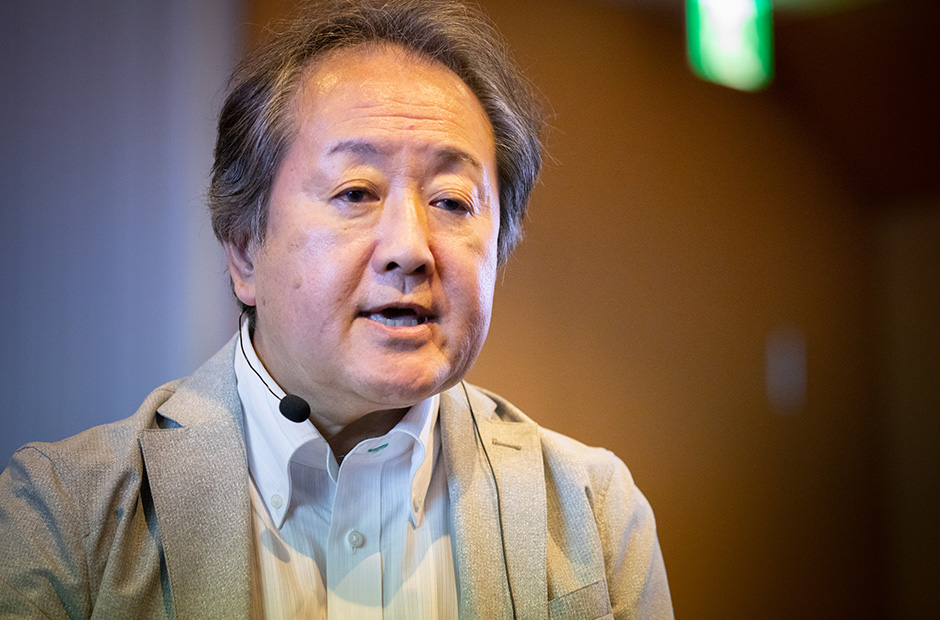
Compared to London, New York, and Paris, Tokyo lacks landmarks. Although other cities possess cultural features, I think Tokyo differs in that it also lacks any significant cultural image; what does everyone think?
A weak cultural image and the scarcity of symbols and landmarks are probably Tokyo’s weaknesses. If the Edo Castle were to be rebuilt it would most certainly be recognized globally as a Tokyo landmark.
If urban development is carried out based on sound economic reasoning, I think the city will inevitably become homogenized, but is it realistically possible to change this trend?
There is no doubt that everything will look the same if the city is built according to economic rationalism. However, I think there is no way it would continue. Looking at it from a longer time span, urban development will most definitely change. Everyone would finally realize that most people are doing the same thing and probably come to the conclusion that it is actually not economically reasonable. At that point, rationality would be redefined once more. In other words, the city may seem to be heading towards homogenization, but the longer-term point of view says that the time will come when homogenization transforms once again into a form of heterogeneity. For this reason, it is rather impractical to say we should ignore all aspects of economic reasoning when engaging in urban development. In the middle of all this, I think an approach that involves the diversification of various projects around the city is feasible. That said, implementing this over a short timeframe would be difficult – we need to think along the lines of 100 years or so. Given that urban development currently lacks a long-term focus, we must ask ourselves whether we have the imagination to create something 100 years into the future.
Tokyo’s urban planning is certainly adhering to economic reasoning, but as seen in developments such as those in Roppongi and the Nihonbashi and Tokyo Station precincts, I think it is extremely unique. If things continue as they are for the next 10 years, I expect Tokyo to have the makings of something dissimilar rather than simply becoming another modern city.
Different things are constantly happening in Tokyo, such as the sudden opening of cafés and restaurants on the outskirts of the city. Tokyo is endowed with an inherent ability to gain success in various ways. I think companies nowadays make every effort to differentiate themselves while always pursuing sound economic reasoning. The city of Edo/Tokyo has enormous potential for differentiating itself, so if it can successfully uncover that potential, urban development that would normally take 100 years to complete may be finished within the next 50.
Waterfront areas are an attraction a city cannot do without; what kind of changes do you think would be brought about if Tokyo pursued the revitalization of its waterways?
The Sustainable Development Goals of the United Nations have become a major point of focus of late and considering Japan’s shrinking population, I think Tokyo lessening its maintenance and at the same time improving its sustainability is of the upmost importance. In this sense, the existence of rivers is crucial. The restoration of river courses will improve thoroughfare, lower temperatures, invigorate communities, and also improve the landscape.
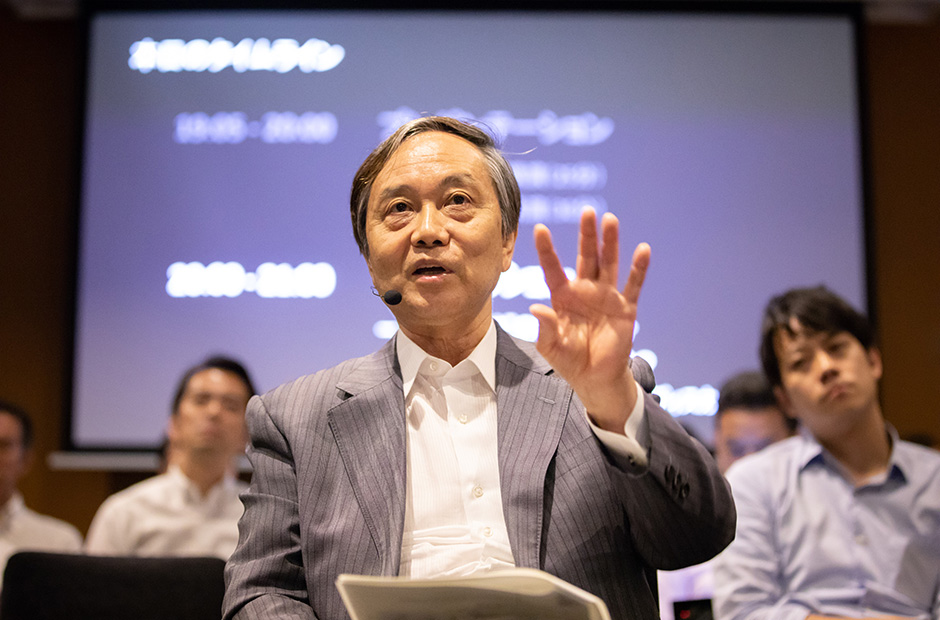
Keeping the original Edo-period town layout raises disaster-prevention concerns, but at the same time, there is a sense of resistance against losing the charming alleyways. How should this dilemma be resolved?
There are many buildings in Tokyo that cannot be rebuilt and plots of land that cannot be developed under the Buildings Standards Act. Keeping the Edo-period zoning in place does not necessarily mean the streets will remain as they were during the Edo period, but the Japanese people have a strong sense of land ownership so there are surprisingly a lot of areas that remain as they were. The fact of the matter is that bringing these zones under control is not easy and redeveloping them is extremely challenging, so I think they will probably be given preferential treatment and remain as they are now.
Residential areas such as Sumida and Setagaya wards were not subject to Edo-period zoning because they were actually settled after the Meiji period or after earthquakes. If we were to only focus on widening the streets for disaster prevention purposes, it would likely take hundreds of years for those areas to be restored. If something is to be done over a shorter timeframe, I think the communities should band together and be diligent in preventing the outbreak of fires.
Lastly, I would like to ask for final thoughts on shaping Tokyo’s identity.
Tokyo has an accumulated history of more than 400 years since the Tokugawa shogunate established its seat there, so I think it’s important that we don’t just focus on what we see now, but also uncover things from the past and identify the distinctive qualities of Tokyo that no other city can lay claim to. Personally, I would like to see the main tower of Edo Castle rebuilt as a landmark of Tokyo. It would be momentous to have crowds of people look up at the tower and share their thoughts.
I specialize in urban and architectural history, so on that basis I think we must ponder Tokyo’s identity. The city will inevitably split into islands and form an archipelago, the significance of which we must study once more from an historical point of view. Digging deep into this issue seems a long way off, but I actually think it represents a shortcut.
When we consider Tokyo’s future, we are confronted with the issue of whether it can persevere. How to equip the city with the necessary endurance is also something we must contemplate.